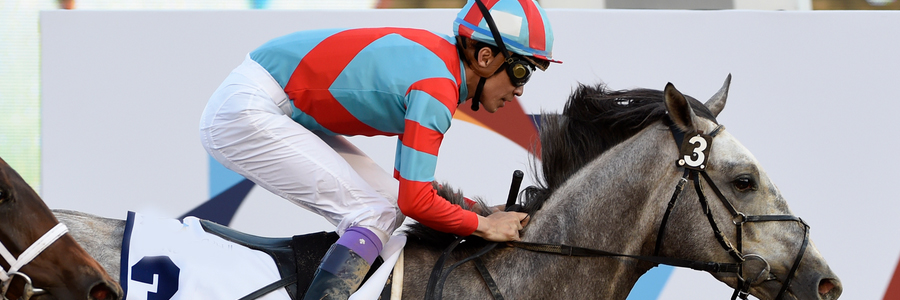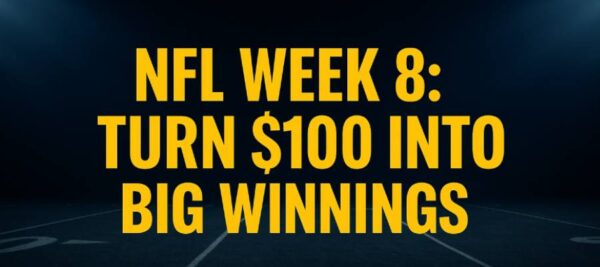Often times when you horse racing wager doesn’t bring returns as much as you had anticipated for a winning bet, it mostly has got something to do with the cardinal Rule 4 of horse race bets. So before placing any horse racing bet, it is important that you are familiar with regulations regarding Rule 4, especially if new to betting on horse racing.

Upgrade Browser
Your browser is out of date. Please download an up-to-date browser and retry.
Recommended Browsers:
Google Chrome
Mozilla Firefox
Apple Safari
Microsoft Edge



